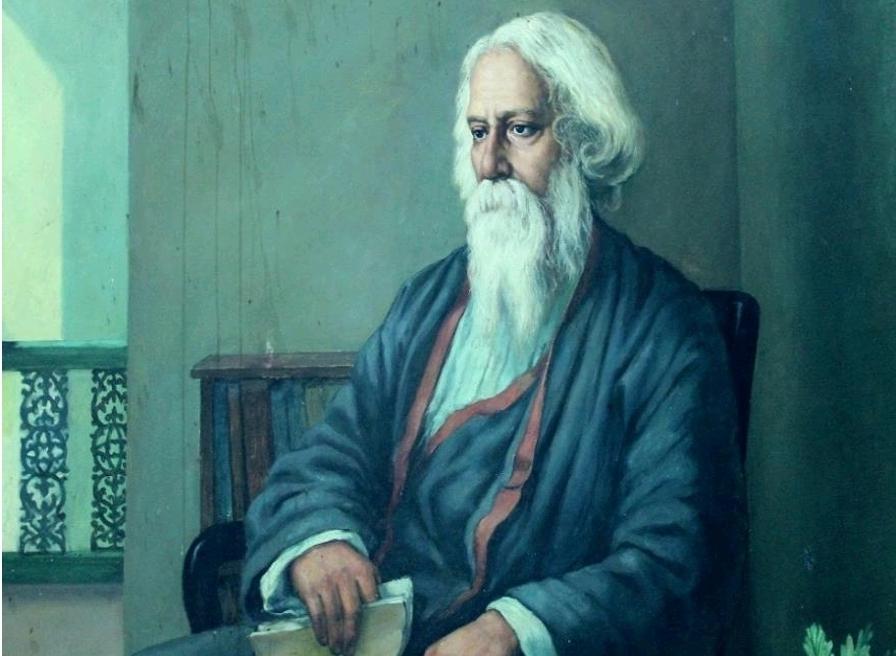“The main objective of teaching is not to give explanations, but to knock on the doors of the mind”
Born on 7th may 1861, Rabindranath Tagore is considered as one of the best teachers in Indian History. His works consists of poems, novels, dramas, paintings and music. He is also freedom fighter who fought against the colonial rule not by munitions rather by his words and writings. He strengthened mental and physical development of students by emphasising teaching physical activities with basic education like drama, climbing trees, dancing, plucking fruits at his school SHANTINIKETAN, WEST BENGAL. Tagore taught world the power of literature in bringing change amongst the human race. He mainly used to write in Bengali. In his early twenties, explored East Bengal (now Bangladesh) and the exposure profoundly influenced his creativity and social conscience. He worked on many social problems in his short stories and poems by observing the difficult lives of ordinary people.
By 1905, Rabindranath became politically active and opposed Curzon’s plan to communally divide Bengal. He wrote many poems and wrote a song named ‘Bidhir Badhon Katbe Tumi’ to showcase the dark side of communal division.
LINK OF THE SONG: https://youtu.be/yIMVrHSW4so?si=kneMHtWa3q _Nmkyp
By 1906, he advocated initiatives for improvising the welfare of villagers He established free health centres, primary schools, adult education classes at night and also a rural bank to fight money lenders
Rabindranath Tagore classified his two writings into two categories. The songs and poems belong to the first category. He composed over 2200 songs. Of all his writings, the songs are the most difficult to translate as in original, the words and music blend magically. They are powerful and beautifully written by Tagore and guarantee having goosebumps after reading them.
Poems like “The spring wakes from its dream” is a famous poem as it records Tagore’s actual spiritual experience in his teens. “I won’t let you go” poem is about a little daughter’s reluctance to let her father leave and many more breathtaking works . In the second category are his short stories, and novels and essays. A few like Kabuliwallah, The Post Master, and the Hungry Stones have inspired award winning movies. These stories reflect the social conditions of Bengal in that period. Tagore’s keen power of observation, his sympathy for ordinary folk coping with life’s difficulties, his depiction of the social relations between master and servant, of the rigidity of social customs paint a vivid picture of rural life in late 19th century Bengal .
There were stories with the central character of women and girls who confront social obstacles. Most famous one were “The Ghat’s Story” and “The PostMasters”.
Rabindranath Tagore was patriot as he wrote the Indian National Anthem (JANA GANA MANA) showcasing the beauty and diversity of India. Not only that, he also contributed in writing the Anthems of two more nations: Sri Lanka (SRI LANKA MATHA) and Bangladesh(AMAR SHONAR BANGLA)
In a nutshell, Rabindranath Tagore united all citizens with is spectacular writing and with their message. He was so powerful as he used his words and messages as a weapon against the British and the societal problems and proved himself to be one of the finest educationists with his writings.
To dive into his work, READ THIS BOOK: https://images.app.goo.gl/dFLkQa7AAHdMxi8t6

